

|


|
Tamiya M-05 Ver.II Pro Chassis - 58593
|
Released by Tamiya on June 1, 2014, five years after the release of the M-05 Pro Chassis, Tamiya released the M-05 V2 Pro, with a number of optional parts now included as standard.
Alloy Steering post, servo horn, turnbuckle steering rod and servo mount, along with DF-03 Heat sink, a full set of shielded ball bearings CVA oil filled dampers and black plated wheels, are among the hop-ups. The new design also allows for the use of new Li-Po batteries.
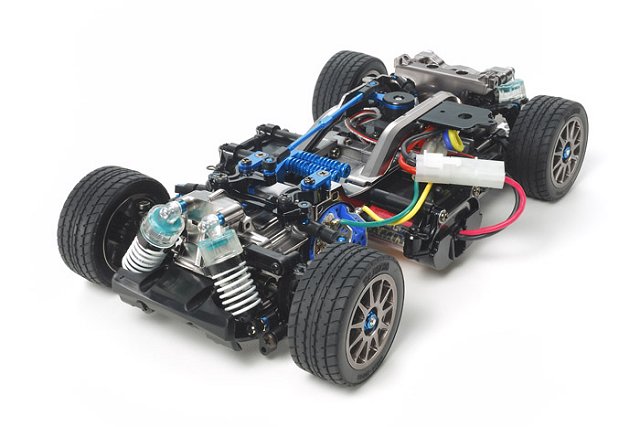
The 2WD, FWD (front wheel drive) M-05 Ver.II Pro Chassis has a low centre of gravity and good weight distribution which coupled with four wheel independent double wishbone suspension, orbital bevel gear differential and bell crank steering mechanism gives this model the excellent stability and handling you would expect from Tamiya.
Like its predecessors, the M-05 V2 Pro Chassis has three possible wheelbase options: The basic 210mm, 225mm and 239mm, that are set by changing the position of the rear suspension parts.
Requires Radio equipment, Battery, Charger, ESC, Motor, Tires, Body-Shell and Paint to complete.
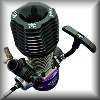
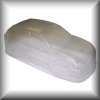
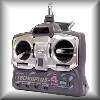
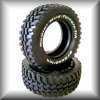
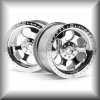
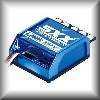
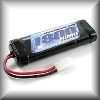
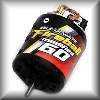
|
|
|

|
|
Tamiya M05 Ver.II Pro Chassis #58593
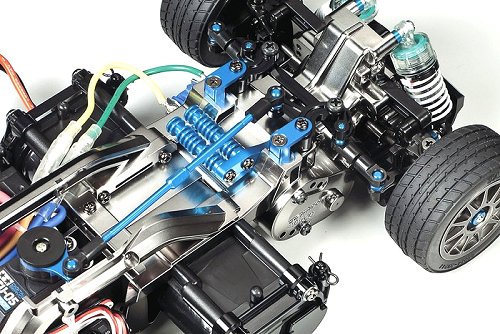 |
|
Tamiya M05 Ver.II Pro Chassis #58593
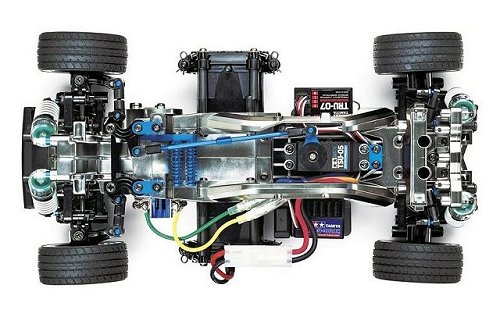 |
Buying a Used Tamiya M-05 Ver.II Pro
|
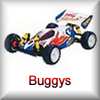
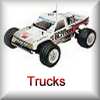
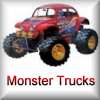
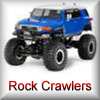
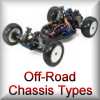
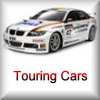
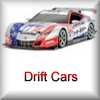

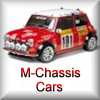
|
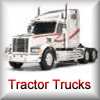
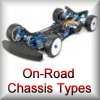

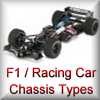
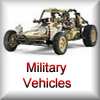
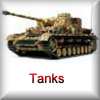
|
|
|
|
Hints, Tips and Information
Rubber Tires for RC Models
Rubber Tires ALWAYS should have either soft sponge or rubber inserts. They will not function as they should without them. And if you are totally serious about your racing they should be glued to the rims. How to Mount Rubber Tires onto Wheels/Rims.
Before mounting your Tires, I would recommend talking to the more experienced racers at your local club, concerning what inserts they use. Even the top level racers rely on a bit of local knowledge on tracks they have never raced before. |
Information and AdviceElectronic Speed ControllersHistory
ESC were originally developed to be used in conjunction with brushed 27T stock and modified motors in the late 1970s, early 1980s. Compared to modern day Controllers, they were Bulky and heavy, constructed using basic resistors, rheostats, capacitors and transistors, crammed together on a simple circuit board, to provide stepped but smooth acceleration when compared to the old mechanical, servo operated sweeper Speed Controllers. An Electronic Switch to change the direction of current flow was used on some of these early ESC to give reverse operation. Although they were a vast improvement on the old mechanical speedos of the time, they were expensive, jerky to control, and prone to burn out if not carefully looked after. |
|
RC Models:
|
Radio & Motors: |
Other
Accessories: |